Jerzy Kosinski
Painting and Selling – A True Story
Art can save the world — your world.
He developed his painting style through his own efforts, talent, passion for painting, and self-education. His works are full of warmth and realism, truly "painted from the heart."
The themes of his paintings include landscapes, architecture, horses, and most notably forests, particularly birch trees and birch-lined avenues — that are his favourite subject. He is also a skilled copyist, often reproducing works by Wojciech and Jerzy Kossak as well as Ivan Shishkin. He also paints portraits.
A true enthusiast of art.
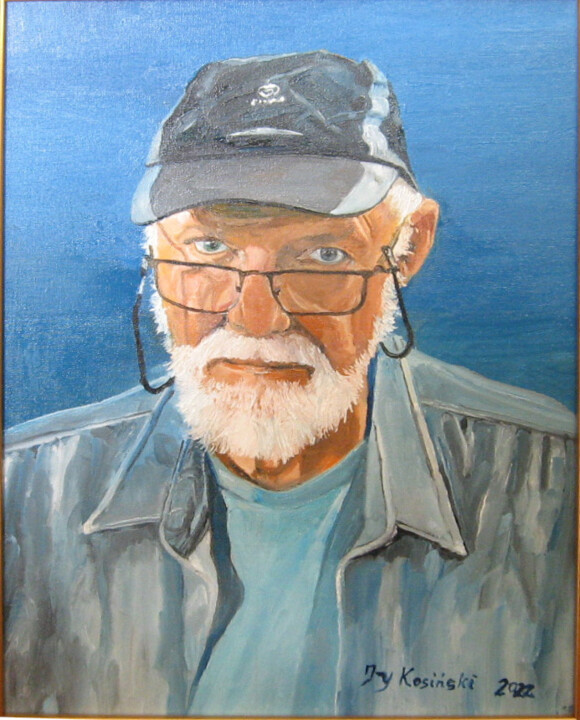
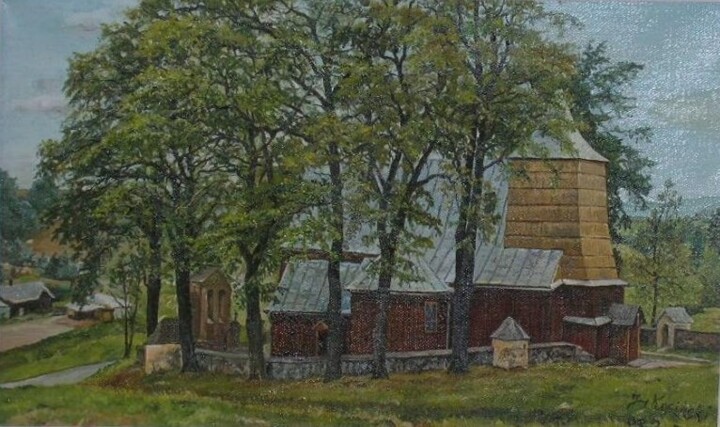
The church in Czermna
Jerzy Kosiński About Himself:
"I feel that I have the soul of an artist. I've always loved beautiful landscapes, colourful paintings and photographs. Visits to art museums have always been a great experience for me.
I've been painting and drawing for as long as I can remember. It was mainly thanks to my mother, who was the first to draw with me using crayons, creating whatever we desired. My first tools were, of course, colourful crayons, followed by soft pencils, particularly 6B.
Later, I started using watercolour paints, poster paints, and tempera. Looking back, I must admit that my education in the 8-year elementary school played a positive role in my artistic development. We had art classes at least once a week. There were also extra art clubs, which I naturally attended.
I participated until someone stole my hat. 😊 That experience put me off such organized activities, and from then on, I focused solely on painting at home."
I remember my first 'public' painting, which I created in the first grade during an art class. It was an A4 sheet completely covered in black and dark blue, with four white and yellow squares painted in the middle. The surprised teacher asked me what the painting represented.
'My grandparents' house at night,' I replied.
This was absolutely true. During summer vacation, my mother took me to visit my grandparents, who lived in a rural area of the Rzeszów region. We walked from the bus stop to their house. As we were approaching, night fell. Their house was at the top of a large hill. We stopped at the base for a moment, and my mother pointed to the lights at the top of the hill, saying, 'Look, son, that’s where your Grandma and Grandpa live.'
I was six years old, and that moment marked, I believe, one of my first conscious thoughts and feelings at the start of my earthly life. I still remember those moments vividly. One day, I must paint that scene again. 😊"
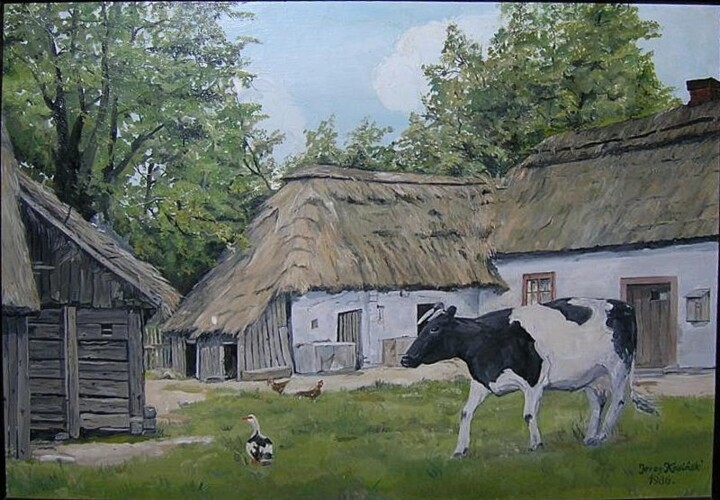
The family home of Grandma and Grandpa Kosiński
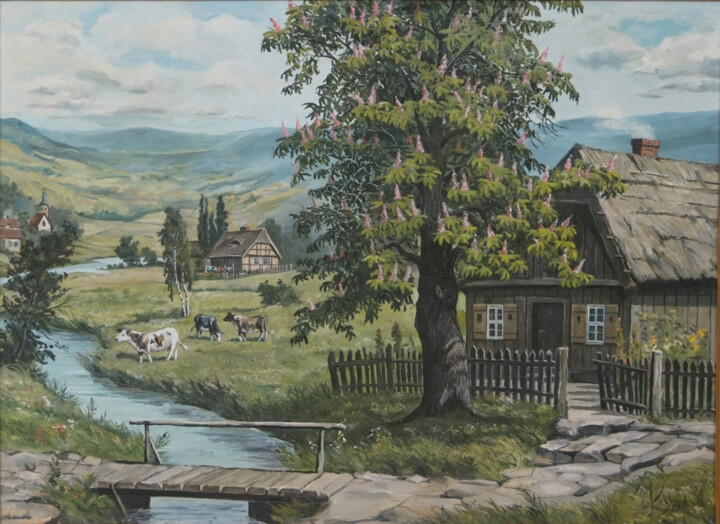
Going Back to Elementary School Days
I first started learning watercolour, poster, and tempera painting techniques during art classes and through extra club activities at the Youth Cultural Center. I was fascinated by the ability to mix colours. Of course, those were the days of real socialism, and in many households — including mine, as I came from a working-class family — money was tight, to put it gently.
In conclusion, paints were expensive. That’s when I discovered a fantastic medium that I began incorporating into my work: "Lechia" toothpaste. It was cheap, white (the color I used the most), could be diluted with water, mixed well with inexpensive watercolour paints, and had a pleasant minty smell. This set became my substitute for costly poster paints and even more expensive tempera.
So I painted whenever I had free time — during bad weather, whenever inspiration struck, and whenever I had creative energy. Every time I sat down to paint, I felt a thrill, and I still get that feeling today.
Unfortunately, this painting technique had one major flaw: after a while, the paintings would start to crumble. At the time, I had no idea what fixative or varnish was or what they were for. None of my works from that period have survived. My teachers took my paintings for exhibitions, and those I made at home became gifts for friends and family.
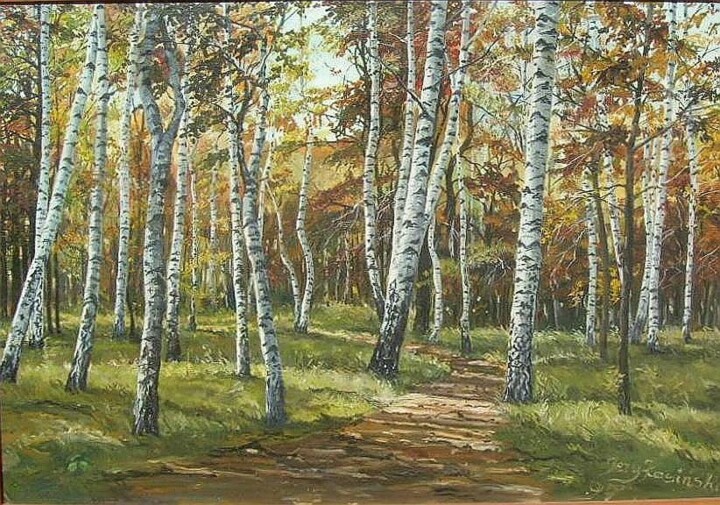
The birch alley.
.Eight Years Flew By
Eight years passed very quickly and it was time to decide on my further education and choose a high school. My elementary school teacher encouraged me to attend an art high school. Unfortunately, my father's authority and pragmatism won, so I chose the Mechanical Technical School. My father was a skilled welder and worked as a foreman at the River Shipyard Repair Facility. His lack of formal education was the only thing that prevented him from advancing further in his career.
Looking back, I now realize that my parents probably didn’t recognize my artistic talent or passion for art. Something was missing.
A piece of advice for parents today: Notice and nurture your children's passions and talents. Money is important, but it’s not everything.
So after finishing elementary school, I passed the entrance exam and began a five-year education at the Technical School. There were no art classes there — only technical drawing. Painting became merely a hobby. I continued my artistic education after school by attending an art program that included lessons in easel painting and sculpture. The city authorities organized it, and the instructors were professors from the Academy of Fine Arts.I’ve been doing easel oil painting since I was 18. At that time I received my first ever birthday gift of a painting easel and a set of oil paints with brushes. The easel was a gift from a good friend from high school, who came from a family of visual artists. He knew about my passion (or obsession) for painting. When giving me the easel, he said:
"Jurek, I wanted to give you a painting, but you'll paint one that's even better and more beautiful yourself."
After graduating from the Mechanical Technical School and passing my final exams, I was accepted into the Mechanical Faculty at Wrocław University of Science and Technology. There were no art classes there either 😊.
After graduating from the university with a Master of Science in Engineering degree, I started working at Hutmen on May 27, 1980.
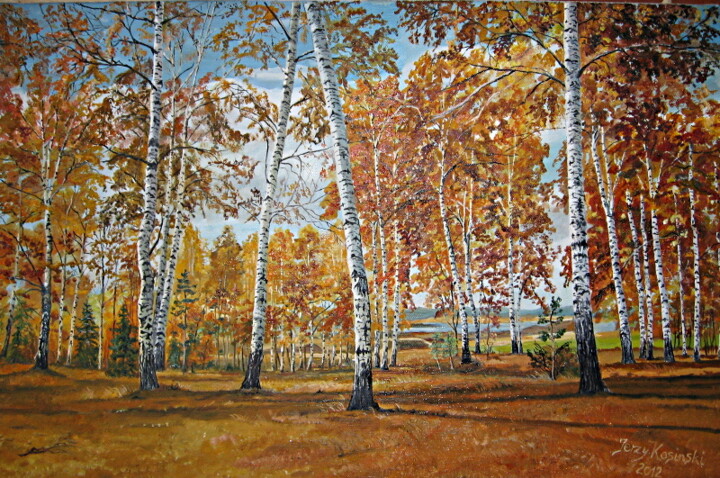
Autumn birch grove
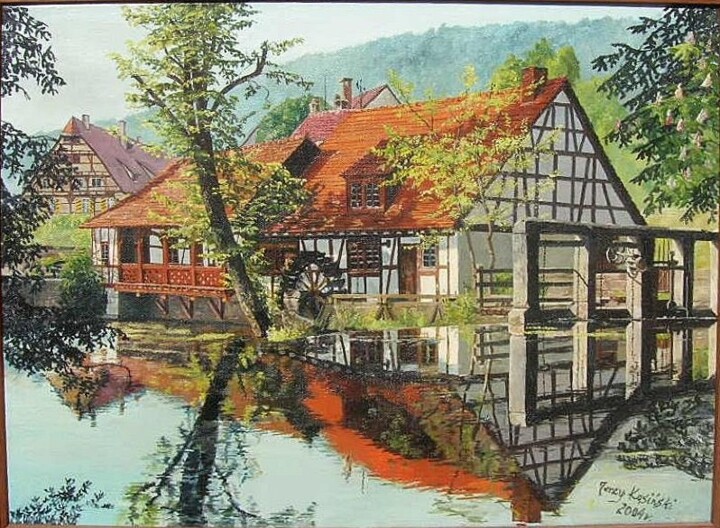
An Unconventional Art Competition at Hutmen
One day, representatives from the Hutmen Trade Union visited me. They noticed my paintings on the walls. Since Foundry Workers' Day was approaching, they came up with the idea of organizing a competition for amateur artists. Several creators signed up, including a sculptor and embroidery artists. I exhibited six of my works.
The union invited a professor to evaluate the submissions. A jury was assembled, and the assessment began. 😊 The professor's evaluation didn't align with the general opinion of the social committee.
Someone suggested a more democratic way of selecting the winning works. Here's how they did it:
- All artworks were numbered.
- A large A0-sized cardboard sheet was prepared, listing only the work numbers with space for visitors' signatures.
- The sheet was titled "I Like This Painting."
- The display was set up in a prominent spot — in the main hall of the administrative building, right on the path to the cafeteria — with the sheet and pens ready for visitors to cast their votes.
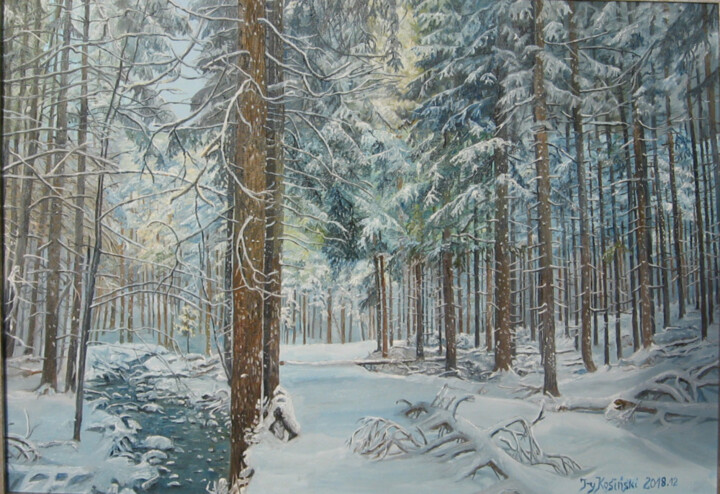
During the time when my paintings were popular at Hutmen, a "concerned citizen" once approached me and asked:
"Mr. Kosiński, do you pay taxes on the paintings you sell?"
That question hit me like a cold shower and terrified me. I had no idea about taxes, business operations, or the legal aspects of being an artist, which I considered myself to be. Had I studied the tax regulations at the time, I probably wouldn't have been so frightened.
As it turned out, my painting fell under the category of artistic and folk crafts, which was exempt from both income and sales taxes. However, there was a catch. Whether or not my work qualified as "art" had to be determined by a National Commission for Culture and Art.
In response to that well-meaning inquiry, I decided to start a business. That's how MOBIS Kosiński Jerzy came into existence. The name was formed from the initials of Mission Oriented Business Integrated Services.
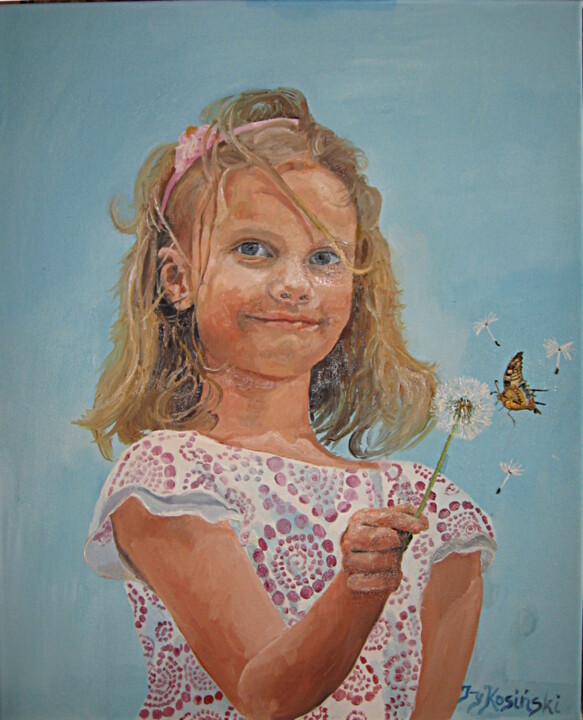
Granddaughter Hania
After registering my business, I was soon "ambushed" by the Wrocław Fabryczna Tax Office. They demanded I conduct an inventory for a specific date. I was treated as a merchant, a producer of goods, or something equally absurd. Frankly, it’s impossible to inventory an artist’s studio (and I don’t mean a house painter). How does one value unsold paintings that might remain the artist's property for a lifetime? What about partially used paints?
My encounters with the tax office, particularly with an overly zealous young clerk, didn't end with a single visit. I was summoned several times. I don't remember how it concluded — I probably paid some tax just to gain peace of mind. As I later learned, that same clerk soon got promoted.
However, there were positive aspects to this adventure. The clerk's older colleague, upon learning I was an artist, commissioned a portrait of her grandson based on his First Communion photo. I completed the work quickly and successfully, earning another commission — this time for a portrait of her granddaughter from the same occasion. Unfortunately, I couldn't complete that second painting. Perhaps it was due to the poor quality of the photos or my lack of creative inspiration at the time.
I managed to weather those challenging years from December 1991 to November 1994. Today, I am retired but still run the MOBIS Accounting Office and serve as president of the Art.Mobis foundation. My painting has once again become my cherished hobby, which I’m rediscovering with joy. Selling my artwork is now simply a secondary result of my efforts. Each sale or gift of a painting clears space on my wall for a new creation. 🎨